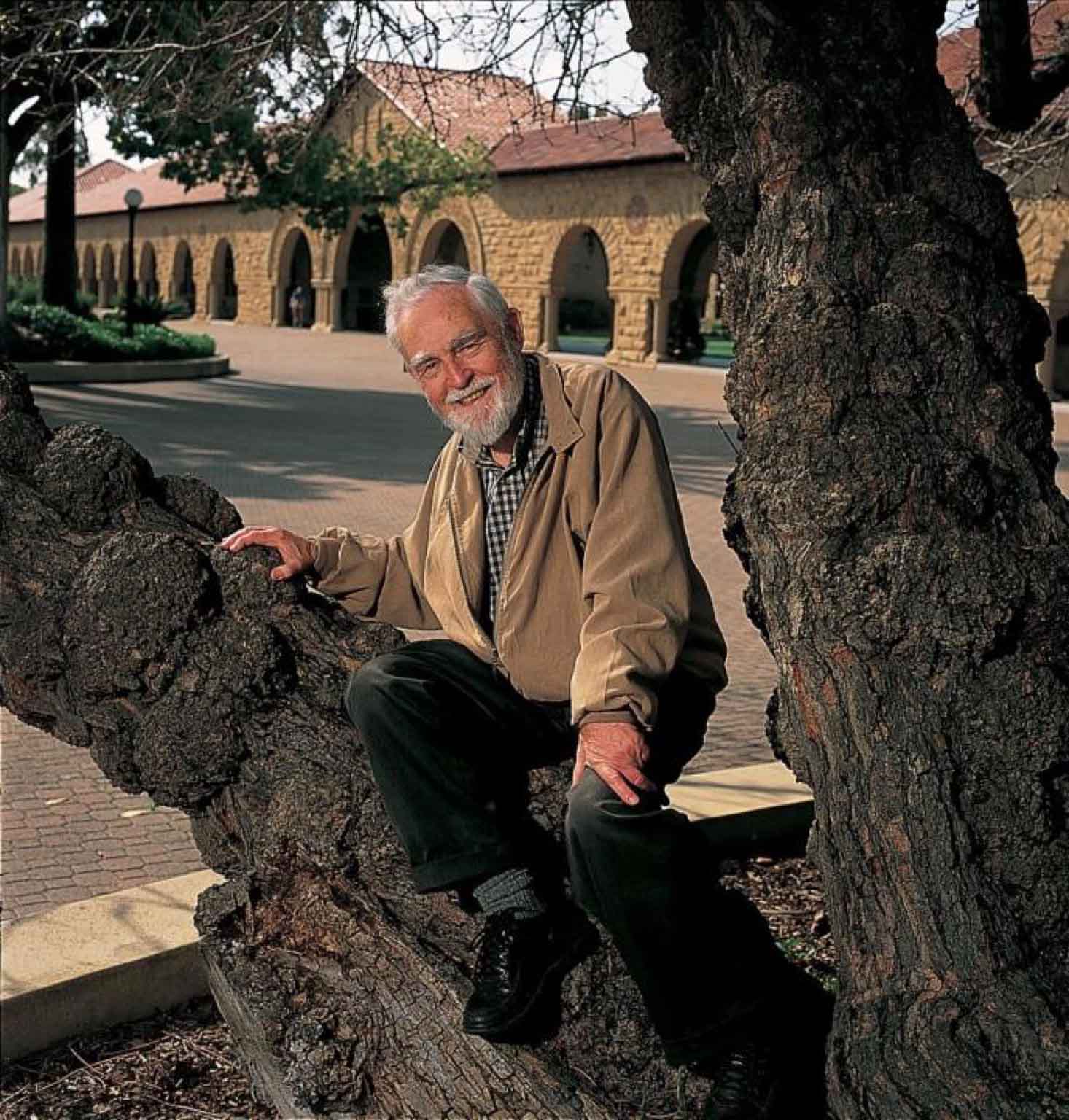Morus alba
 white mulberry
white mulberry

A deciduous tree whose leaves, the food of the silkworm, have rounded teeth and may be deeply lobed, or may have no lobes at all. Several varieties of fruitless mulberries are available. No longer in favor for new plantings, white mulberry nevertheless has some of our best and latest fall color: the five dozen planted in 1955 around Wilbur Hall are quite a spectacle in December. (Note the massive, conspicuous surface roots of those in the lawn at the northeast corner.)
The venerable, knobby mulberry in the outer northeast island of the Inner Quad was planted in 1889. Indicated as an American red mulberry, Morus rubra, in the 1955 and the 2013 versions of the Inner Quad tree map, and as M. alba in the 1971 and 1973 versions, it is in fact the latter (see all versions of the Inner Quad tree maps). M. rubra, widespread in the Eastern United States, would have rough-topped leaves with downy undersides, and would need a continental climate – especially hot rainy summers – to thrive. In its native range it can become immense. If any are present on the West Coast, we would like to know.
Other specimens may be seen at the east end of Mitchell Earth Sciences (three), in the residential area at 950 Mears Court, and on Escondido Road near Kimball and Castaño halls. Those at the south wall of the Old Union Clubhouse (see 2004 version of the Old Union Map) and in the courtyard of the old Ginzton Laboratory on Via Palou were removed due to landscaping and new construction.

The leaves of M. alba are generally large, generously lobed, and glossy on top. If you have mulberry leaves you can grow silkworms, which is fun for youngsters as first the worms and then the moths do their own thing. And, if you grow your own silkworms, you can make silk. One silkworm produces about half a mile of incredibly strong monofilament that is routinely reeled without a break from the cocoon. Vast sums were invested to no account to introduce silk production into Britain, and in Virginia mulberry planting was at one time required by law. Several million trees were planted in California before 1900. No luck; raw silk still has to be imported from Japan, China, or Russia. Native silkworms, such as feed on the tulip tree of the Eastern states, were also considered. A steel wire of the same diameter as a silk thread (3 microns) breaks under less load than silk can carry; in addition, steel cannot be stretched much more than 1 percent without breaking, while silk can stretch 20 percent before breaking. Such extreme physical properties permit an Australian rainforest spider Nephila to catch small birds and bats in its web. To make silk, the secret of success of spiders in this world, is not easy. Before rebuilding its web, a spider finds it necessary to recycle the used silk by eating it.
The pale mulberries are not as good to eat as the deep purple ones of the black mulberry, M. nigra.
Illustrations: M. alba leaf detail (Inner Quad); M. alba branchlet.
Name derivation: Morus – Latin name for mulberry tree.
About this Entry: The main text of this entry is from the book Trees of Stanford and Environs, by Ronald Bracewell, published 2005. Identification of Inner Quad mulberry corrected, from M. rubra to M. alba; some notes on M. rubra added (ref. Arthur Lee Jacobson) (Jun 2019, SP). Minor edits; removals noted; all locations up to date (Jul 2021, SP).




